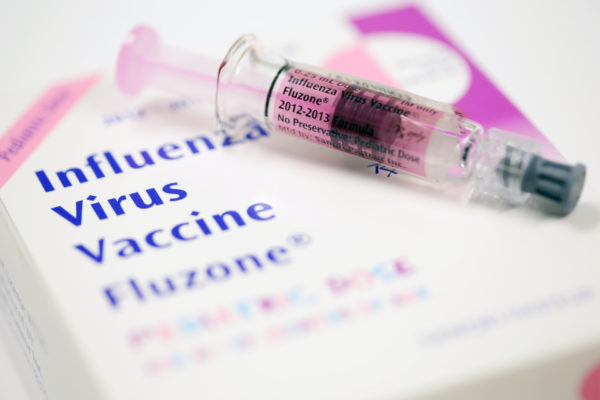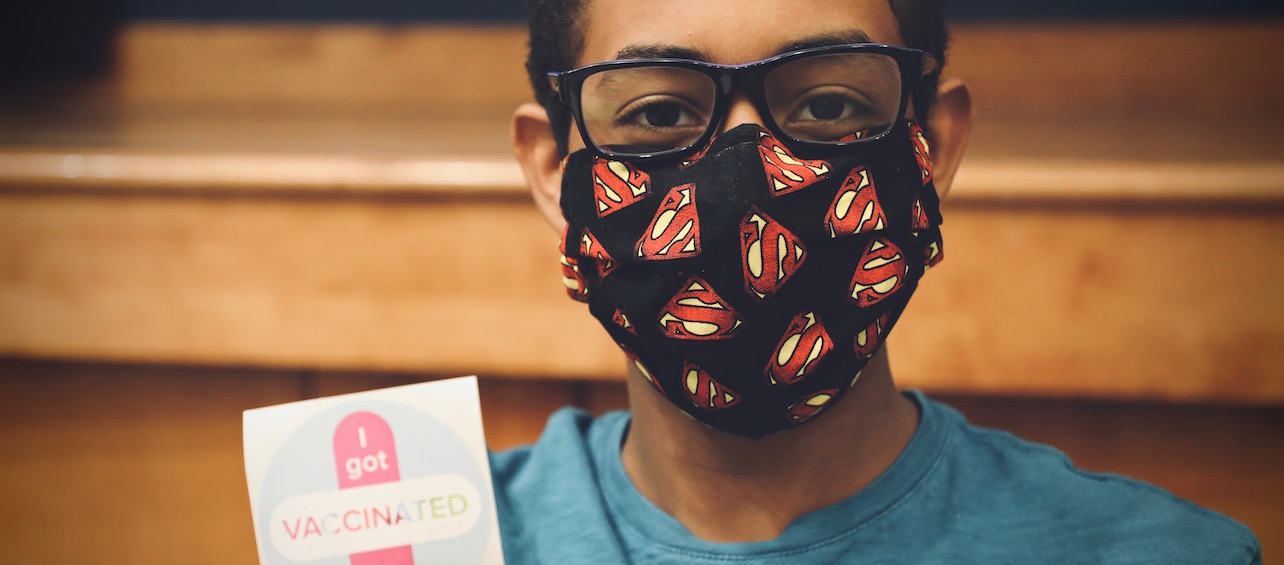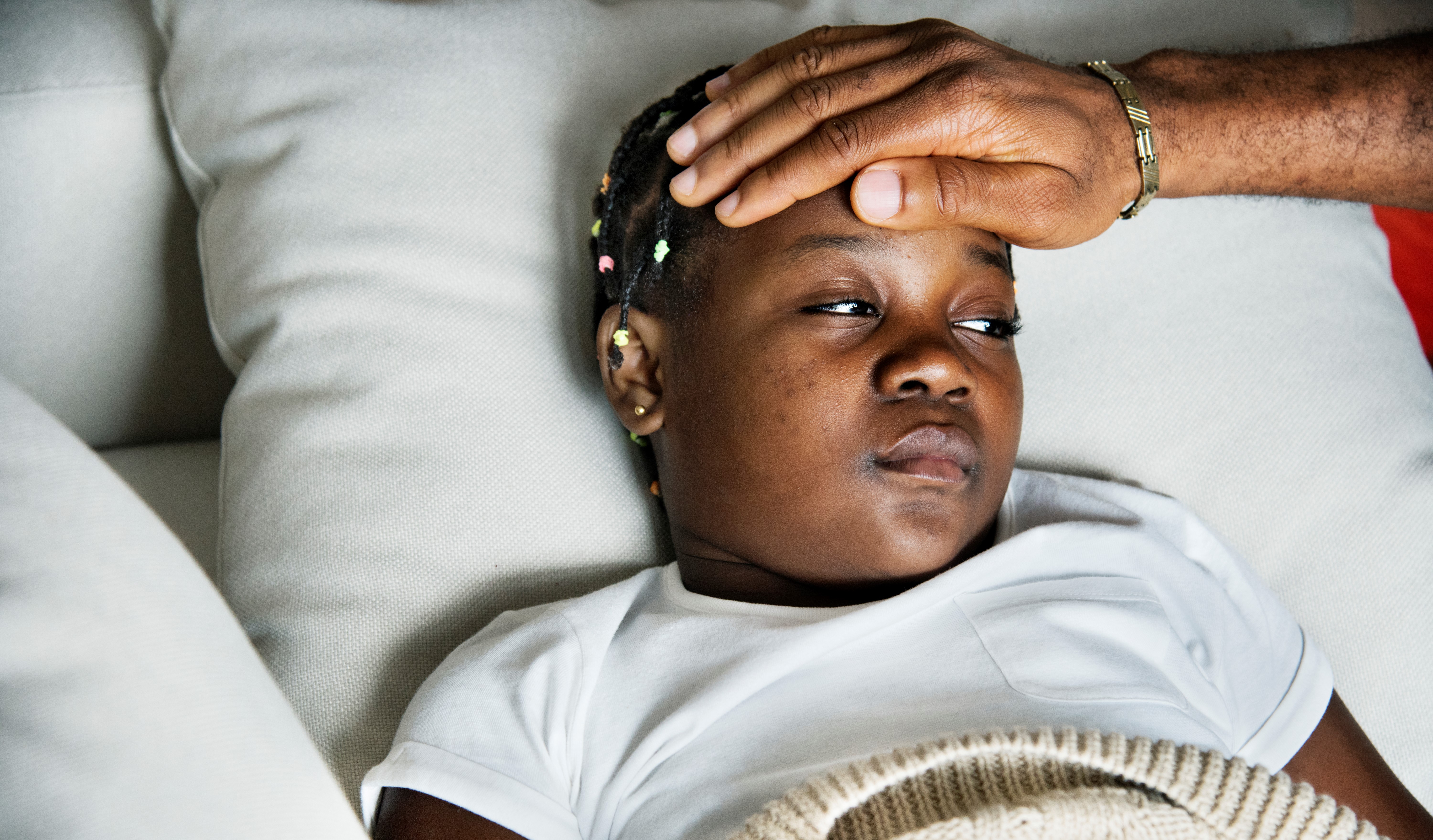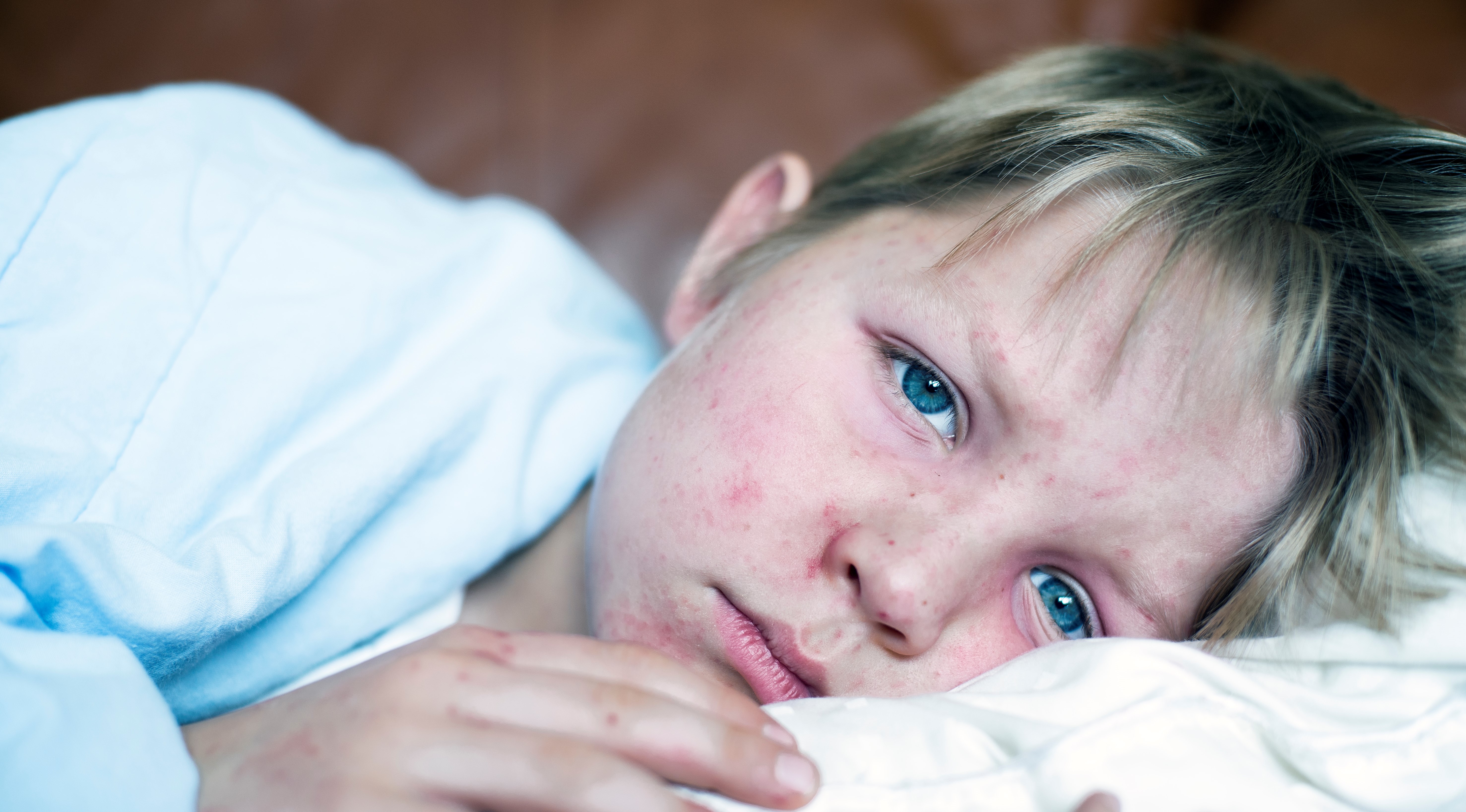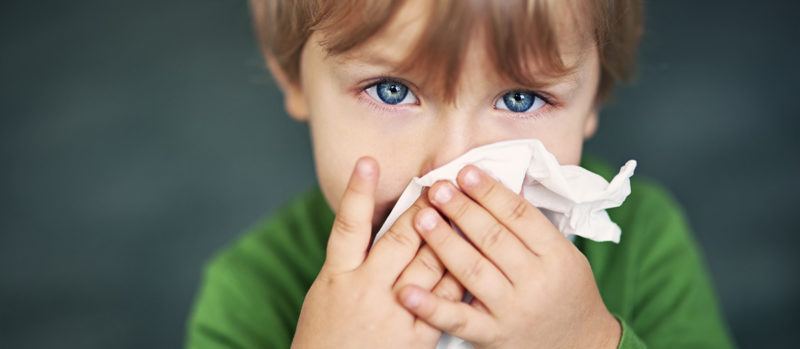No one likes shots. No one likes receiving them and I don’t know a single health care provider that enjoys administering them. But they’re a necessary reality to keep babies, children, and even adults from contracting devastating diseases.
In fact, vaccinating your child is the single most important step you can take to protect your child’s health not just for today, but for many years to come.
The good news is that vaccines have been so effective at fighting disease that young parents today haven’t seen the devastation certain diseases can cause. On one hand, it’s a great position to be in. On the other hand, it poses a problem. When you don’t see a disease, it’s hard to perceive a benefit of prevention. We need to be vigilant about awareness of the dangers of these diseases and the importance of vaccinations to eliminate them. That’s why I call vaccinations their own worst enemy.
Here’s the tricky part about vaccine-preventable disease: just because a disease is not common does not mean that it doesn’t exist. The disease is still there. The only thing keeping them at bay is the vaccine. Outbreaks of vaccine-preventable disease have occurred both here and in other countries where children have not been immunized.
Many parents I see understand the importance of vaccinations, but because the diseases have been eliminated for so long, they’re not familiar with the name of the vaccination, the disease, and its potential consequences. Here’s a quick refresher on the most common immunizations your child will receive at her well-check visits and the diseases they prevent:
HepB Vaccination: Protects your child from hepatitis B virus infection. Hepatitis B can range from a mild illness, to a lifelong disease, and even lead to death. It manifests as a liver disease and has been a part of the childhood immunization schedule since 1994.
RV Vaccination: Immunizes your child against Rotavirus, a cause of vomiting and severe diarrhea. When the most recent version of the vaccine, Rotarix, was introduced in 2008, it is estimated that 55,000 hospitalizations were avoided that year alone.
DTaP Vaccination: Protects your child against diphtheria, tetanus, and pertussis, also known as whooping cough. Diphtheria can cause heart failure, pneumonia, paralysis and airway obstruction. Contracting tetanus can lead to serious muscle contractions and impede breathing. Pertussis is a highly contagious respiratory disease and most dangerous for babies younger than 1 year. The FDA licensed the DTaP vaccination in 1991.
Hib Vaccination: Keeps your child safe from many diseases including meningitis, pneumonia, cellulitis (skin infection), septic arthritis (join infection) and epiglottis (closing of the windpipe). The first vaccine was introduced in 1985. In 2006 only 29 cases were reported for the year.
PCV13 Vaccination: Immunizes your child against pneumococcal bacteria, which is responsible for many diseases, including pneumonia, bloodstream infections, meningitis, sinusitis, middle ear infections, and more.
IPV Vaccination: Protects your child from polio, a viral infection that can cause breathing problems, paralysis and sometimes death. The oral vaccine, developed by Albert Sabin, was licensed in 1962. Since then, worldwide cases have dropped from 350,000 in 1988 to 223 cases in 2012.
Influenza Vaccination: Immunizes your child from the seasonal flu, which is a highly contagious respiratory illness. While the majority of flu cases are mild and can be treated at home, for the elderly and those with weakened immune systems, the flu can have serious implications. The flu vaccine was added to the childhood immunization schedule in 2004.
MMR Vaccination: Keeps your child safe from the measles, mumps, and rubella. The measles can cause mild symptoms such as fever, rash, eye irritability, cough and runny nose; or more serious implications such as pneumonia, brain damage, seizures and sometimes death. Contracting mumps can lead to meningitis, swollen ovaries or testicles, deafness, and sometimes death. The side effects of rubella are typically mild but can cause serious birth defects for a baby in utero. In 1971 the three vaccines became available.
Varicella Vaccination: Protects your child from chickenpox, which is a highly contagious viral infection that manifests as an itchy skin rash and full-body blisters. In 1995 the chickenpox vaccine was licensed for use.
HepA Vaccination: Immunizes your child from Hepatitis A, which is a viral infection that manifests in the liver. It can be both mild and serious. The vaccine has been on the childhood immunization schedule since 1994.
HPV4 Vaccination: Keeps your child safe from the human papillomavirus, which is a virus that is can be asymptomatic in some people, or lead to genital warts or even cervical cancer in others. HPV is incredibly common. It’s believed that more than 80% of women will be infected by age 50. The vaccine became available in 2006.
MCV4 Vaccination: Protects your child from meningococcal disease, which can cause bacterial meningitis, bloodstream infection, pneumonia, ear infection, and arthritis. In the more serious cases, it can cause brain damage, hearing loss, amputation of a limb or even death. The vaccine has been on the childhood immunization schedule since 2005.
And if you’re ever wondering which vaccinations your child will receive at which well-check appointments, we’ve created a handy reference chart for you. This maps out the recommended immunizations from birth to age 18:
Keep in mind that this schedule is for healthy children without existing medical conditions. If your child has a medical condition that puts him at higher risk, please talk with your doctor about when to immunize.

